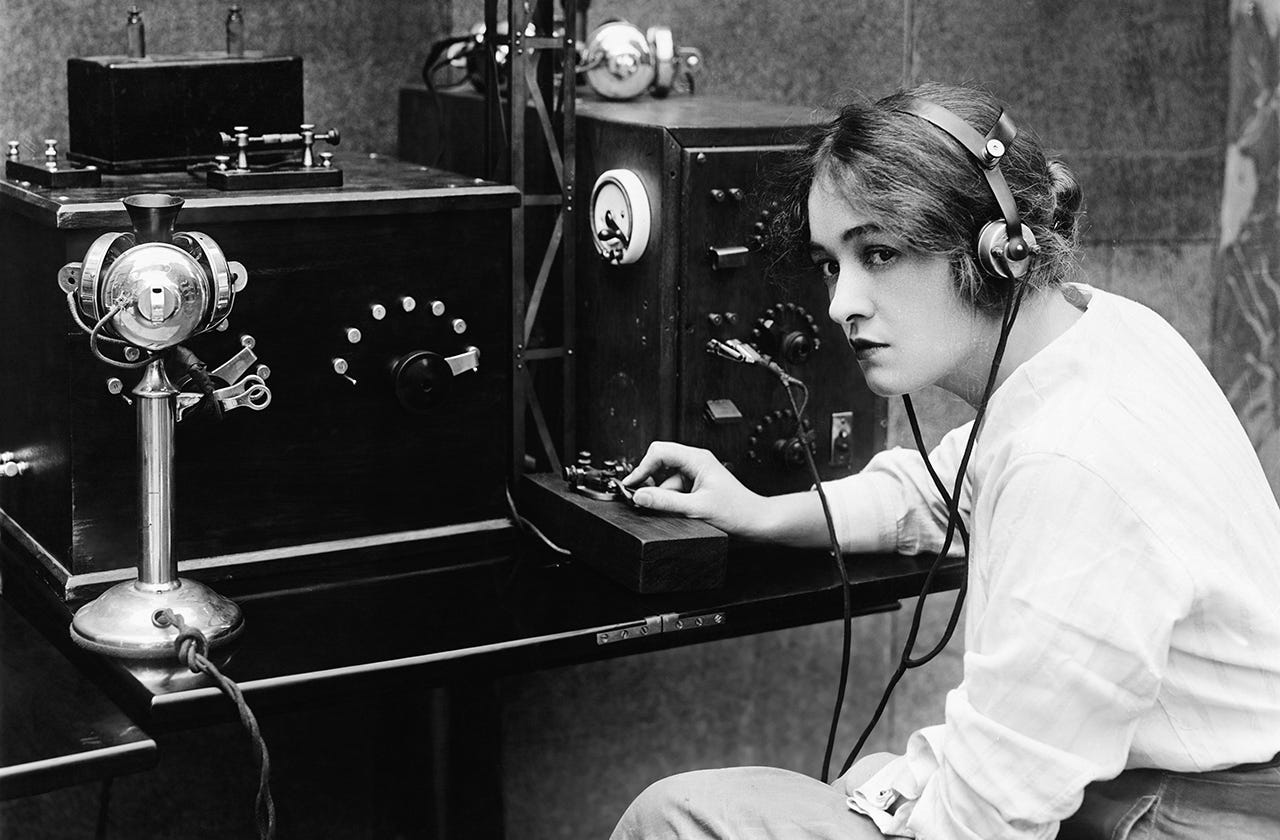Even the Victorians were stressed out by the 'internet'
And the practice of non-anxious presence is needed now more than ever
Since the invention of the telegraph in 1855 - the ‘Victorian Internet’ - as British journalist Tom Standage would label it more than a century later - humans have been suffering from a contagious social anxiety.
In its infancy, optimists imagined that the Victorian Internet, and later the World Wide Web, would bring peace and prosperity because of the infinitude of ways it might connect humans and their growing knowledge.
And while constant connection has certainly enabled us to do a lot of good, the late rabbi and family therapist Edwin Friedman observed it spread a troubling condition throughout society.
Friedman’s work with families and organizations in NYC and then Washington, DC between the 1950s-90s led him to theorize neurosis had become so ubiquitous throughout America that it was perceived as normal behavior.
Today, as the futurist David Zach puts it, Westerners have developed a series of maladaptive coping mechanisms that are connected to a state of ‘hyperliving’, where we “skim along the surface of life.”
I suggest this skimming might lead us to bounce between a polarity of disengagement on one end (ex. drug/alcohol use) and rigidity (ex. fundamentalism) on the other.
Friedman was suspicious of the quick fixes and demand for instant results we resort to as leaders for the complex challenges we face.
Instead, he argued that a ‘non-anxious presence’ was needed to affect sustainable change.
This interior condition was about more than a feeling, it was an approach that put people first.
I might add on that I have found non-anxious presence to not be about the absence of anxiety or fear or unpleasantness, rather how we hold those emotions.
In Friedman’s practice with families, he would identify the person in the group who already exhibited non-anxious presence and worked with them to spread their lack of anxiety throughout the family structure.
Interestingly (perhaps not surprisingly), he found it was children who showed a greater potential for non-anxious presence than their parents.
The families would make real progress, coming to him fewer and fewer times. After ten years or so, some families would return, as the child who Friedman had trained would grow up and move out of the home.
Friedman would then identify someone else to function as a non-anxious presence in the group.
Mark Sayers, writer and researcher on Western philosophy and religion, draws comparisons between non-anxious presence and social change throughout human history.
A single individual practicing non-anxious presence (ex. Martin Luther King Jr., Mahatma Gandhi, the Apostle Paul) might become a socially contagious ‘cell for renewal’ and their very interior condition then spreads into their communities and sparks group presence or ‘revival’.
What implications might this have for our own lives and work?
What if the hardest work we can sometimes do might be counted as a ‘waste of time’ or even ‘lazy’ by our fast-paced society - work that invites us to dip beneath the surface and sit with our thoughts, analyze our feelings and sensations, and notice the stories we believe about ourselves and others?
Such emotional work is difficult, and while we cannot predict the impact of our efforts, history tells us that practicing a non-anxious presence can lead to meaningful change for ourselves first, and then others.




